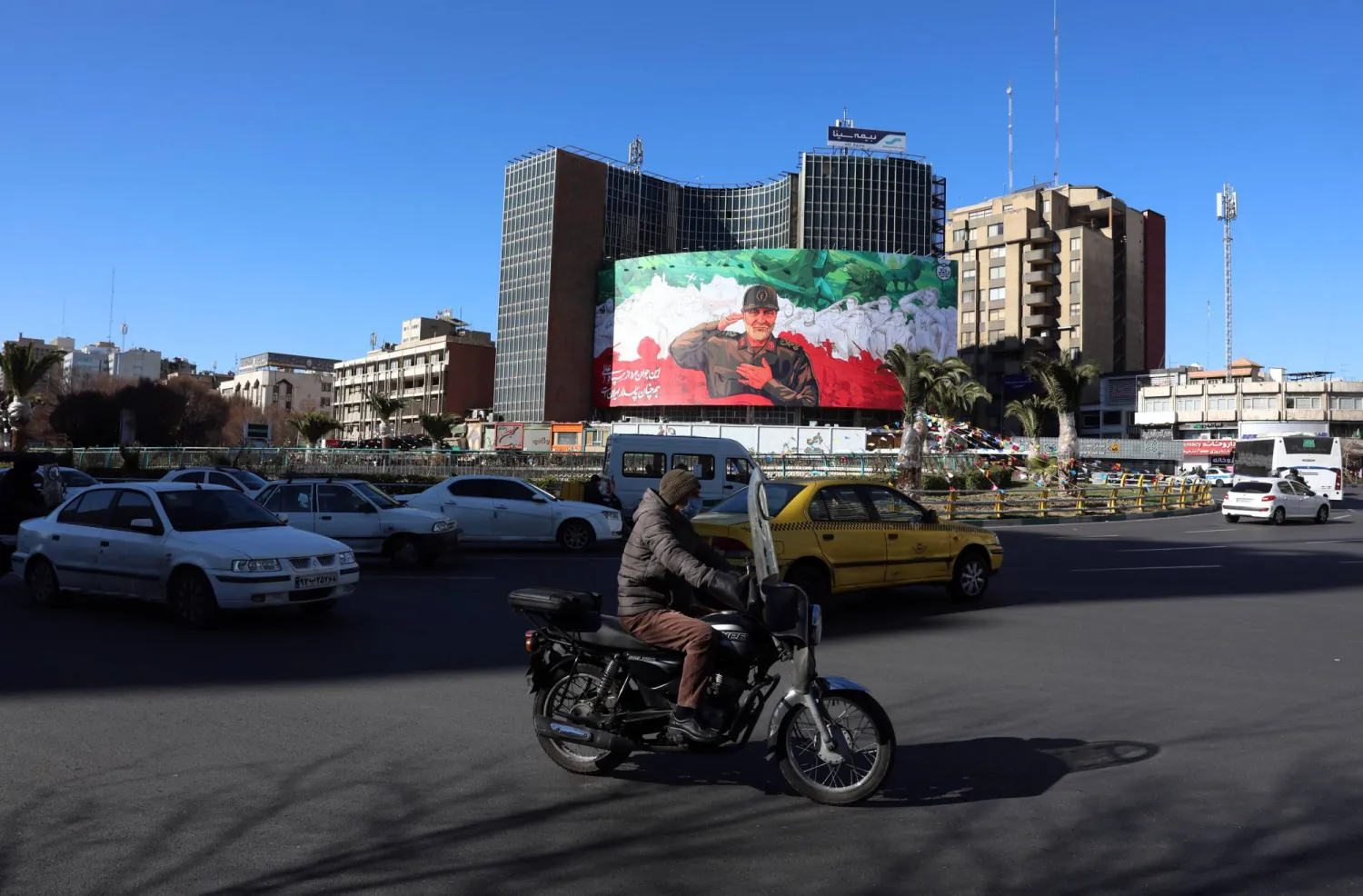The Taliban and Iran exchanged heavy gunfire Saturday on the Iranian border with Afghanistan, killing and wounding troops while sharply escalating rising tensions between the two countries amid a dispute over water rights.
Iran's state-run IRNA news agency quoted the country's deputy police chief, Gen. Qassem Rezaei, accusing the Taliban of opening fire first Saturday morning on the border of Iran’s Sistan and Baluchestan province and the Afghan province of Nimroz. IRNA said Iran inflicted “heavy casualties and serious damage."
From the Taliban's view, Afghan Interior Ministry spokesman Abdul Nafi Takor accused Iran of shooting first. Takor said the firefight killed two people, one from each country, and wounded others. He described the situation as now being under control.
IRNA, quoting Iranian police, said two border guards had been killed. However, that number may be higher. The semiofficial, English-language newspaper Tehran Times said the fighting killed three Iranian border guards. IRNA said the Milak border crossing with Afghanistan, a major trade route, was closed until further notice over the gunfight.
“The Islamic Emirate of Afghanistan considers dialogue to be a reasonable way for any problem,” Afghan Defense Ministry spokesman Enayatullah Khawarazmi said in a statement. “Making excuses for war and negative actions is not in the interest of any of the parties.”
The advocacy group HalVash, which reports on issues affecting the Baluch people in the province of Sistan and Baluchestan, quoted residents in the area saying the fighting took place near the Kang district of Nimroz. It said some people in the area had fled the violence.
Videos posted online, purportedly from the area, included the crackle of machine gun fire in the distance. HalVash later posted an image of what appeared to be the remains of a mortar round, saying that “heavy weapons and mortars are being used.”
Later videos from HalVash purported to show Iranian forces firing a mortar, as well as Taliban troops firing American-made machine guns at an Iranian border post. Other Taliban fighters drove armored vehicles likely left behind by NATO forces.
Iran vowed not let the Taliban attack stand.
“The border forces of Iran will decisively respond to any border trespassing and aggression, and the current authorities of Afghanistan must be held accountable for their unmeasured and contrary actions to international principles," IRNA quoted Iran's police chief, Gen. Ahmadreza Radan, as saying.
The clash comes as Iranian President Ebrahim Raisi earlier this month warned the Taliban not to violate Iran's water rights to the Helmand River. Raisi's remarks represented some of the strongest yet over the long-running concerns about water in Iran.
Drought has been a problem in Iran for some 30 years, but has worsened over the past decade, according to the UN’s Food and Agriculture Organization. The Iran Meteorological Organization says that an estimated 97% of the country now faces some level of drought.
The Taliban seized Afghanistan in August 2021 as US and NATO troops were in the final weeks of their pullout from the country after 20 years of war. In the time since, Afghanistan has become the most repressive in the world for women and girls, depriving them of virtually all their basic rights, according to the UN Hunger remains endemic.
While not directly accepting the Taliban government, Iran has maintained relations with Afghanistan's new rulers. Tehran also has called on the Taliban to allow women and girls to go to school.
Earlier on Saturday, the Taliban's Acting Foreign Minister Amir Khan Muttaqi met with an Iranian envoy to Afghanistan to discuss the Helmand River water rights, according to tweets from Afghan Foreign Ministry official Zia Ahmad. IRNA acknowledged the meeting, saying “that issues between the two countries will be better resolved through dialogue.”
But tensions have otherwise been rising. Another video posted online in recent days purportedly showed a standoff with Iranian forces and the Taliban as Iranian construction workers tried to reinforce the border between the two countries.
In recent days, pro-Taliban accounts online also have been sharing a video with a song calling on the acting defense minister, Mullah Mohammad Yaqoob, to stand up to Iran. Mullah Yaqoob is the son of Mullah Mohammad Omar, the Taliban’s late founder and first supreme leader.
“We are a government, we have power,” the song goes. “Our leader Mullah Yaqoob will stand against Iran or we are not the republic’s government. We are not slaves, our leader Mullah Yaqoob will stand against Iran.”









